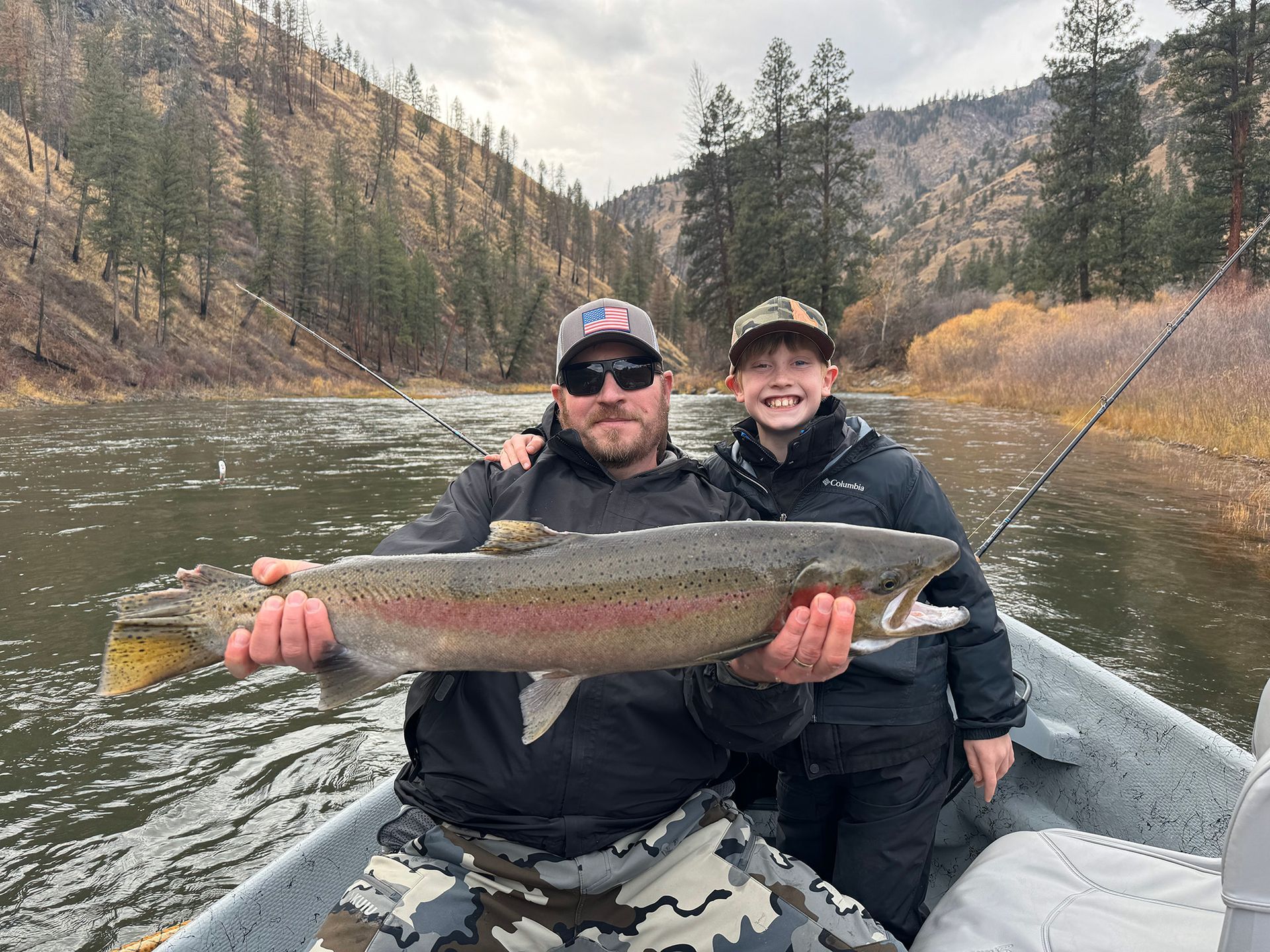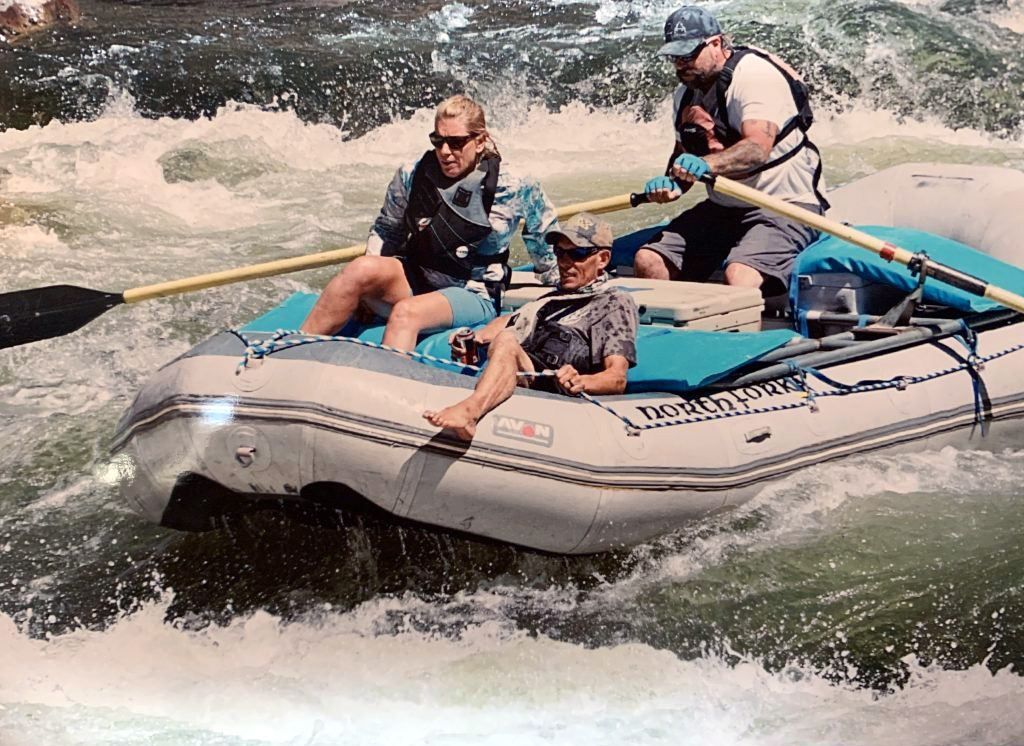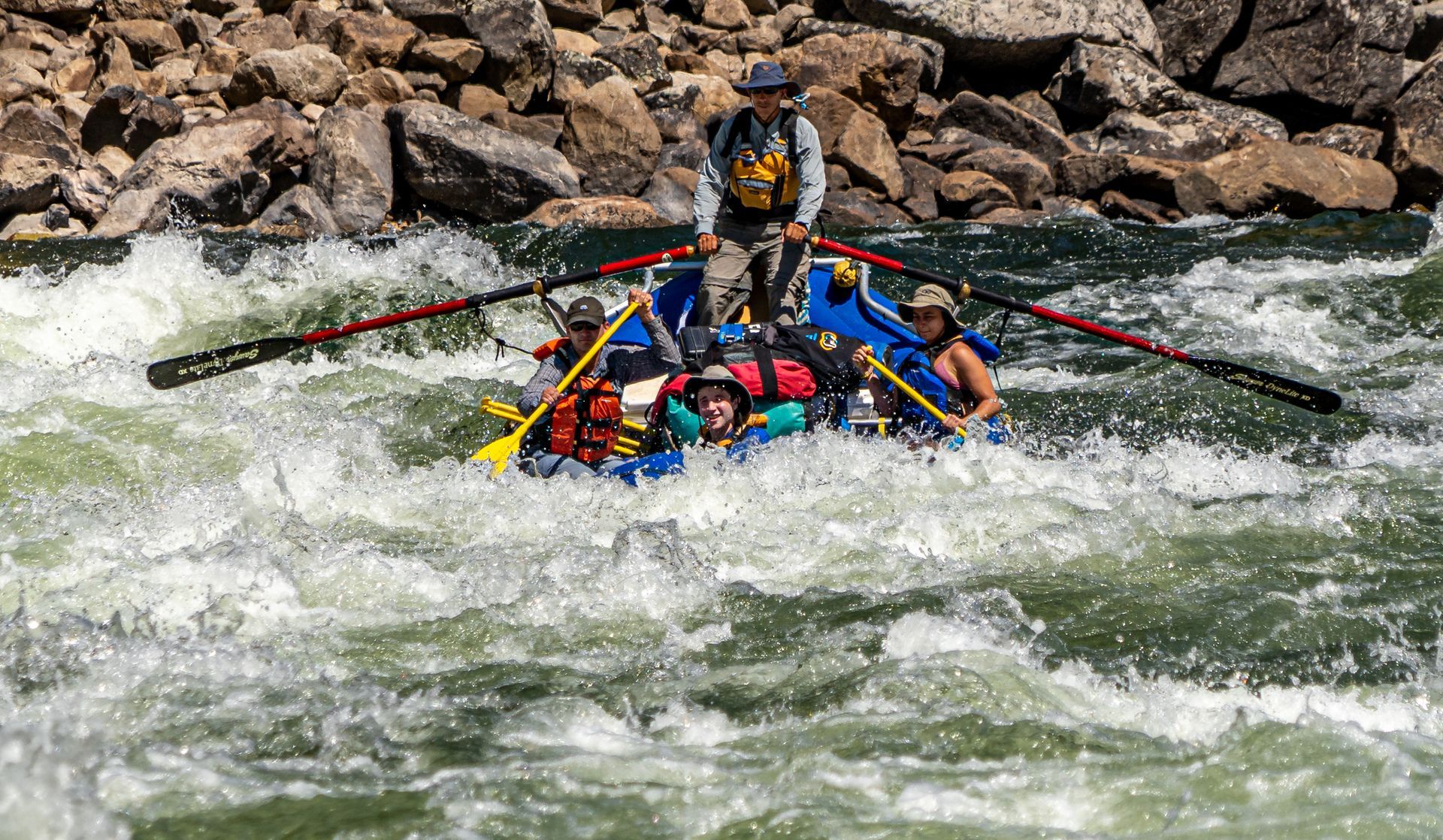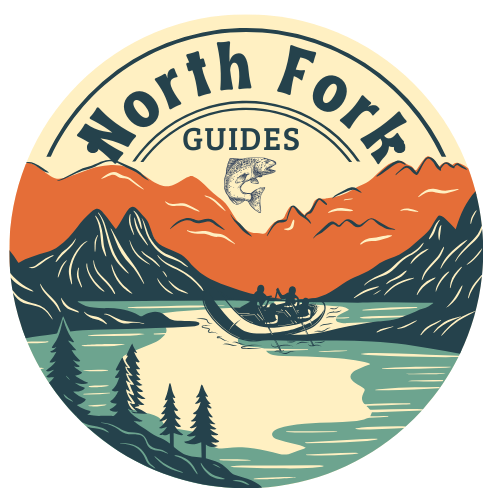When’s the Best Time to Raft the Salmon River? Here’s What We Tell Our Friends
This might be the most common question we get, right after “Do you provide the gear?” And it’s a fair one. If you’re going to take the time to get out to Salmon, Idaho, and hop in a raft for a trip down one of the most scenic rivers in the country, you want to make sure you hit it just right.
The thing is, there isn’t a wrong time to raft the Salmon. It just depends on what kind of trip you want. Do you want high water and fast rapids? Warm weather and clear skies? Wildlife sightings and starry nights? Different times of the year offer different kinds of magic. The Salmon changes with the season, and so do the experiences you can have out here.
Let’s start with early summer. If you’re coming in late May or June, you’re catching the river while it’s full of snowmelt. The flows are high, the current is fast, and the rapids pack a serious punch. For thrill seekers, this is the time to go. You’re going to hit wave trains that soak the raft from bow to stern, feel that drop in your stomach as you enter a big rapid, and laugh harder than you have in months once you’re through it.
This part of the season is what a lot of our returning guests wait for. They want the wild ride. They want to paddle hard and earn their lunch. And if they’ve done this stretch before, they want to see how it feels at peak water. Even if you’ve done the Salmon once, doing it in early summer is a whole different animal.
It’s also cooler. You’ll want layers in the morning and you’ll be glad you brought them. The water is still cold from the snowmelt, and while the sun does warm things up by mid-afternoon, it’s a more rugged trip overall. The camps are quieter this time of year. Fewer people are out, so if you’re looking for more solitude and fewer rafts on the water, this might be your window.
As you move into July, the river starts to mellow out a bit. Flows drop, which means the rapids are still fun, but the pace of the trip changes. The days are longer. The sun is warmer. The water is a little more forgiving. This is when we start seeing more families and folks who want to really take in the landscape.
It’s one thing to charge through a canyon full of whitewater. It’s another to float quietly around a bend and see a bald eagle perched above the river. In July and August, that’s the kind of thing that happens more often. You get time to breathe it all in. There’s space for conversation between rapids. We still get the excitement, but we also get time to look around and appreciate what makes this place so special.
For folks who haven’t done a lot of rafting before, or for groups with kids or older adventurers, mid to late summer is often the perfect time to visit. The river is still lively, but it’s not trying to toss you overboard every few minutes. You can kick your feet over the side, trail your hand in the water, and enjoy the ride. We stop at sandy beaches for lunch, splash around in swimming holes, and end the day with a warm meal and stories around the fire.
This is also the season for stargazing. There is almost no light pollution out here. Once the sun goes down and the fire starts to fade, the sky opens up in a way most people have never seen. You can spot constellations, satellites, and sometimes even the Milky Way stretching across the whole sky. We’ve had guests say it was the first time they ever saw stars like that. And honestly, we never get tired of it either.
For the one-day crowd, summer is a great time too. Whether you live nearby or you’re just passing through, hopping on the river for a day gives you a full experience without having to commit your whole weekend. You’ll get some rapids, some flat water, and a solid lunch right on the riverbank. It’s enough to shake the stress off and get a taste of what we love about this place. We see a lot of folks come back for a multi-day trip after trying a one-day float. It’s easy to get hooked once you’ve felt what it’s like to move with the river.
Of course, every trip includes all the gear you need. We provide rafts, paddles, life jackets, dry bags, meals, and tents. You just need to bring personal items and a sense of adventure. We’ll send you a packing list and walk you through everything, so you never feel like you’re guessing.
We also take safety seriously. Our guides are all trained and certified. Many of them have been running this river for years, and they know every rapid, eddy, and tricky spot along the way. They’re not just here to row the boat. They’re here to make sure you have an incredible experience. They’ll teach you how to paddle, keep things light with good stories, and handle any situation that comes up.
Another great thing about rafting the Salmon is that it still feels wild. A lot of rivers have become crowded or overly commercialized, but this stretch of water still holds its character. You’re not looking at highways or hearing traffic. You’re in the canyon, surrounded by mountains, watching osprey dive into the water and maybe spotting a bear along the ridge. It’s not scripted or staged. It’s just nature, doing its thing, and you get to be a part of it for a while.
Some folks come for the whitewater. Others come for the camping. Some are drawn to the fishing or the photography or just want a few days to get off the grid. No matter what brings you here, you leave with something more. We’ve seen it time and time again. People arrive a little stiff, maybe unsure of what to expect, and by the end of the trip, they’re relaxed, sun-touched, and smiling in a way you don’t see much in everyday life.
So if you’re wondering when to plan your trip, think about what kind of experience you’re after. If you want the biggest water and the biggest challenge, aim for early summer. If you want warm days, clear skies, and more time to soak it all in, late July through August is ideal. If your schedule only allows a short trip, let’s get you on a one-day float and make it count.
No matter when you come, you’ll be welcomed by people who care deeply about this river and want to share it with you. We love what we do. We love watching people fall in love with this place the way we have. And we know that once you’ve been out here, you’ll understand why we keep coming back year after year.
Ready to find your time on the water? Reach out. Let’s talk about what kind of trip fits you best, and we’ll get you set up. The Salmon is calling, and there’s a spot in the raft with your name on it.




